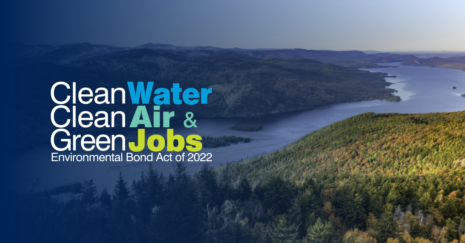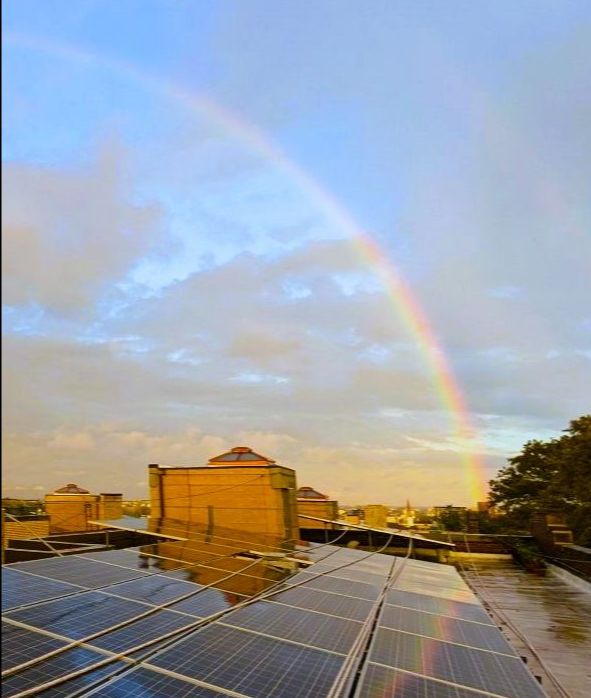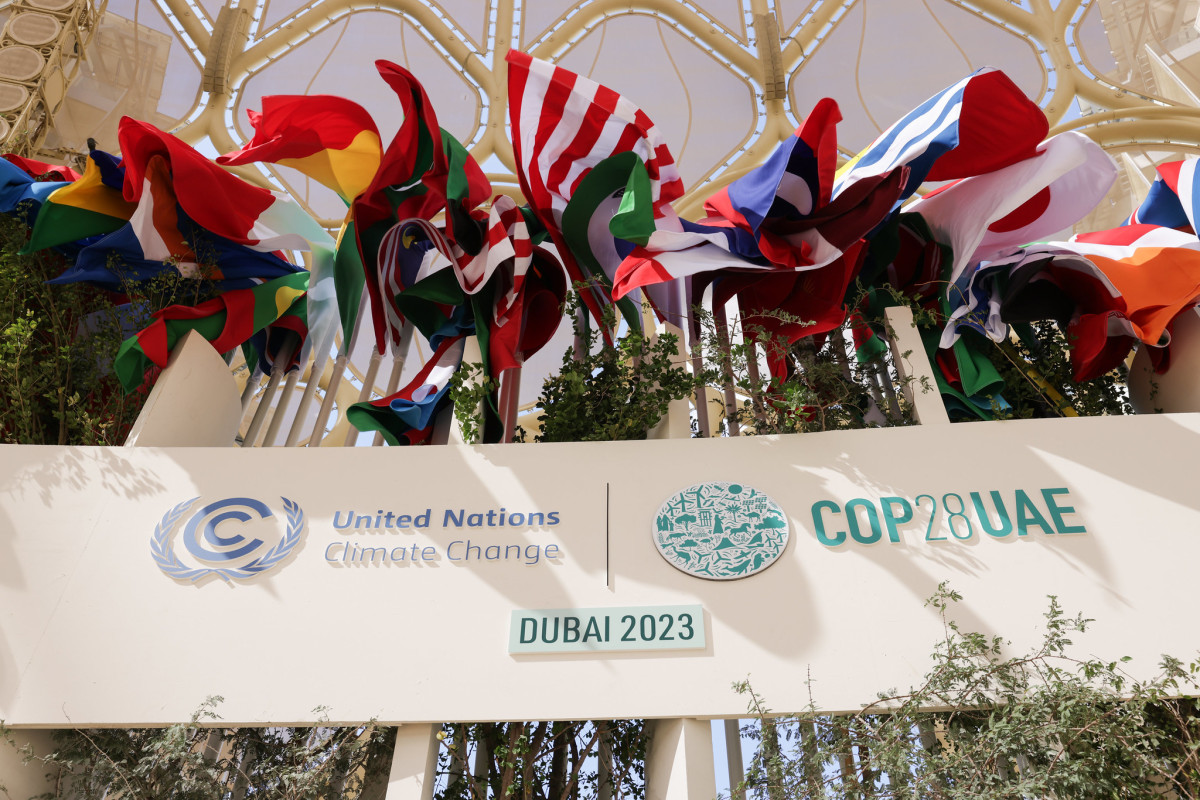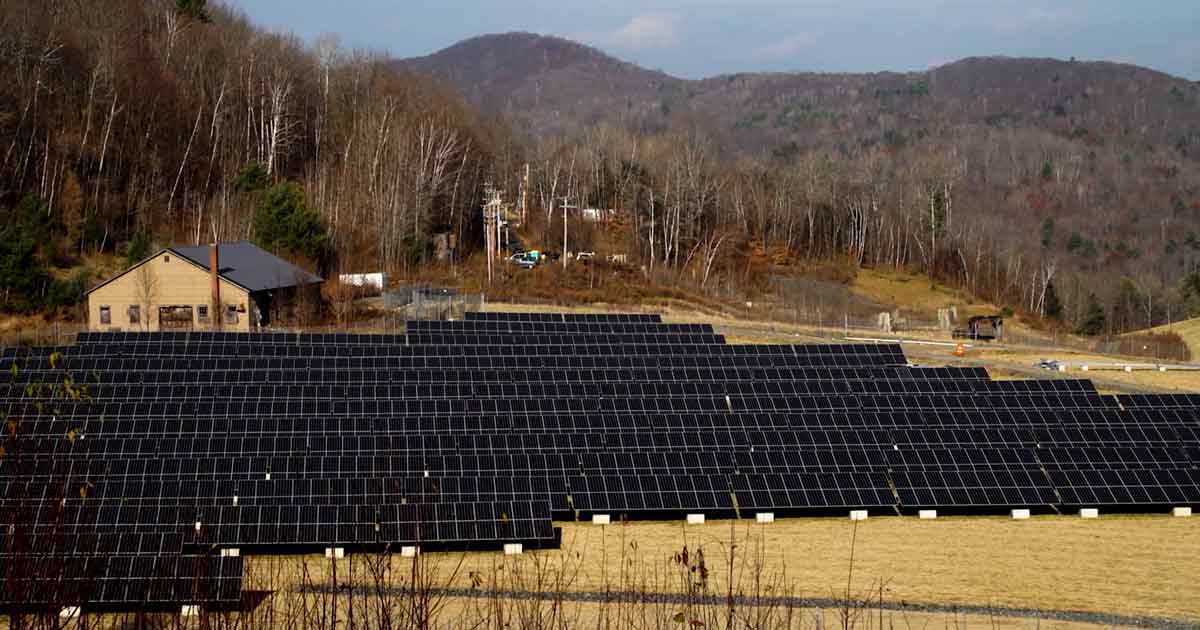 Last Election Day, New Yorkers voted to let the state issue up to $4.2 billion in new bonds to support climate mitigation and environmental justice initiatives. Officially known as the Clean Air, Water & Green Jobs Act, the first bonds will be issued on April 1st and will be used to support public works in four broad categories: climate change mitigation, flood risk reduction, water quality improvement, and land conservation.
Last Election Day, New Yorkers voted to let the state issue up to $4.2 billion in new bonds to support climate mitigation and environmental justice initiatives. Officially known as the Clean Air, Water & Green Jobs Act, the first bonds will be issued on April 1st and will be used to support public works in four broad categories: climate change mitigation, flood risk reduction, water quality improvement, and land conservation.
The projects that will be funded through the Bond Act will advance the state’s goals toward meeting the mandatory emissions reduction and renewable energy mandates that were passed in the 2019 Climate leadership and Community Protection Act, one of the most aggressive climate mitigation laws in the US.
Before the actual projects can begin, the state must develop the criteria and guidelines for the agencies and organizations (possibly including Solar One) that will be applying for funds under the law. The Department of Environmental Conservation (DEC) is leading a working group of state agencies focused on developing procedures through a “robust engagement process…throughout the spring and summer,” according to a DEC spokesperson. The groundwork they lay must then go through a public comment period before projects may be considered.
DEC and eight other state agencies make up the bond act working group: the New York State Energy Research and Development Authority (NYSERDA), the Environmental Facilities Corporation, Department of State, Office of Parks, Recreation, and Historic Preservation, the Adirondack Park Agency, Department of Transportation, Department of Agriculture and Markets, Office of General Services, and Homes and Community Renewal. While subcommittees are focused on each of the four spending categories, the exact structure of the office overseeing spending is still in development, according to DEC. So are other pieces of infrastructure, like a public facing website, which will help New Yorkers understand how the dollars are being spent.
During the state’s next fiscal year, from April 2023 to March 2024, it’s expected that about $100 million of the $4.2 billion authorized will be used, with about a quarter of the total to be spent over the next five years.
The bond act and its implementing legislation outline dollar figures for each of the four categories and describe a smattering of the types of environmental work they can fund. It requires the executive branch to lay out the technical details of how entities will apply for grants while ensuring 35% goes to “disadvantaged communities.”
You can read more about this on the Gotham Gazette website here.


